The ancient art of diancui, or "dotting with kingfisher feathers," has long been a hallmark of imperial craftsmanship in China’s Forbidden City. For centuries, the iridescent blue feathers of kingfishers were meticulously applied to jewelry, hairpins, and decorative objects, creating a dazzling effect that symbolized wealth and status. However, as conservation ethics and wildlife protection laws have evolved, the Palace Museum’s restoration team faces a pressing dilemma: how to preserve these cultural treasures without perpetuating harm to endangered species. The search for sustainable alternatives has become a quiet revolution within the hallowed halls of Beijing’s imperial palace.
Behind the vermilion walls of the Forbidden City, a workshop hums with activity as artisans experiment with synthetic materials that mimic the elusive shimmer of kingfisher plumage. The challenge is not merely aesthetic—it’s philosophical. "We’re not just replacing a material," explains a senior conservator who requested anonymity due to the sensitivity of ongoing research. "We’re redefining what it means to honor tradition while respecting ecological boundaries." Their work involves testing everything from dyed goose feathers to advanced polymer films, each subjected to rigorous scrutiny under the same natural light that once illuminated the original pieces for emperors.
The shift away from authentic kingfisher feathers began in earnest after China’s 1989 Wildlife Protection Law classified several kingfisher species under Class II protection. Museum director Wang Xudong noted in a recent symposium that this legal change forced conservators to confront uncomfortable truths: many "restored" artifacts from the 1950s-70s actually contained feathers plundered during the Cultural Revolution, when conservation efforts were lax. "Every time we used real feathers in past repairs," Wang admitted, "we were inadvertently validating historical violence against nature."
Modern substitutes must pass what artisans call "the three-generation test"—will the color remain stable when great-grandchildren view these artifacts decades from now? Early experiments with butterfly wings failed spectacularly when the structural colors faded within five years. Current frontrunners include titanium dioxide-coated mica particles, which scatter light similarly to barbules in bird feathers, and specially engineered silk proteins infused with optical brighteners. Surprisingly, some conservators report that certain synthetic versions outperform aged kingfisher feathers in vibrancy. "Originals from the Qianlong period often oxidize to teal," notes metalsmith Li Jia, "while our best replicas maintain that impossible sapphire glow."
Critics argue that substitutes lack the metaphysical significance of genuine diancui. Historical records describe Ming Dynasty artisans performing purification rituals before harvesting feathers, believing the birds’ spirits would enhance the jewelry’s protective powers. Traditionalists like collector Ma Tianyi contend that "a polymer copy can never carry the qi of living creatures." Yet younger conservators counter that innovation itself can become ceremonial—their lab now incorporates Buddhist mindfulness practices when crafting artificial replacements.
Perhaps the most unexpected development comes from material scientists collaborating with the museum. By analyzing feather nanostructures using synchrotron radiation, they’ve created biodegradable cellulose nanocrystal films that replicate both the color-shifting properties and the tactile fragility of kingfisher plumage. When the team recently presented a reconstructed phoenix crown using this technology, even veteran craftsmen struggled to distinguish it from 18th-century originals under museum lighting conditions.
This quiet transformation extends beyond materials. The very definition of "authenticity" is being rewritten. Where past conservators aimed for invisible repairs, today’s teams deliberately make substitutions detectable under magnification—a practice inspired by Japanese kintsugi. "Future scholars should know when we’ve intervened," says archivist Zhang Wen. Digital tags embedded in replica components now provide restoration histories accessible via smartphone, creating what she calls "a dialogue across centuries."
As the sun sets over the Meridian Gate, the implications of this work ripple outward. Auction houses report declining prices for antique diancui as collectors increasingly value ethical alternatives. Meanwhile, the techniques developed in the Palace Museum’s labs are being adapted for other endangered materials—from ivory carvings to rhino horn libation cups. What began as a practical solution may ultimately transform how global museums approach conservation, proving that even in the most tradition-bound institutions, progress wears many colors—none of them sourced from extinction.

By /Aug 11, 2025

By /Aug 11, 2025

By /Aug 11, 2025

By /Aug 11, 2025
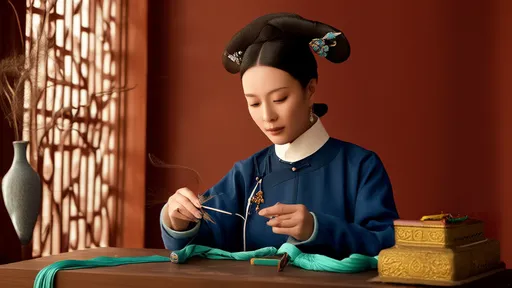
By /Aug 11, 2025
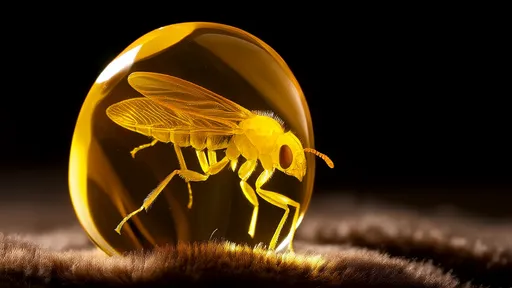
By /Aug 11, 2025

By /Aug 11, 2025

By /Aug 11, 2025

By /Aug 11, 2025
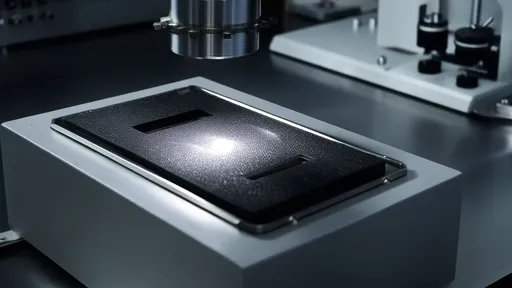
By /Aug 11, 2025

By /Aug 11, 2025

By /Aug 11, 2025
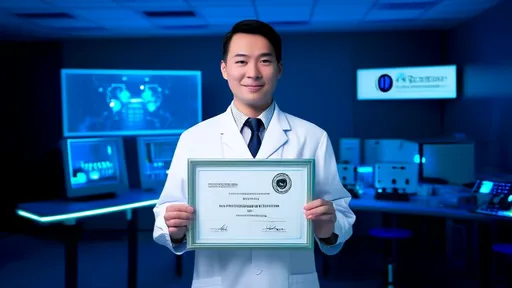
By /Aug 11, 2025

By /Aug 11, 2025
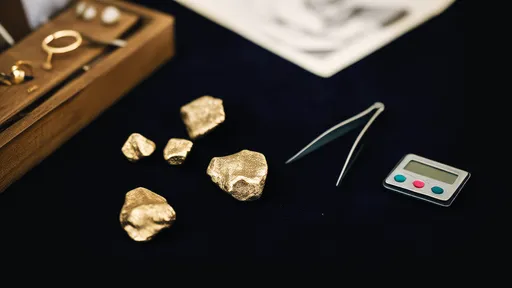
By /Aug 11, 2025
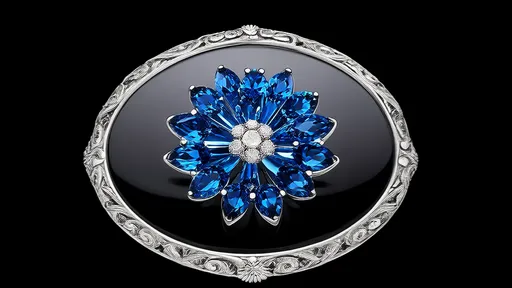
By /Aug 11, 2025
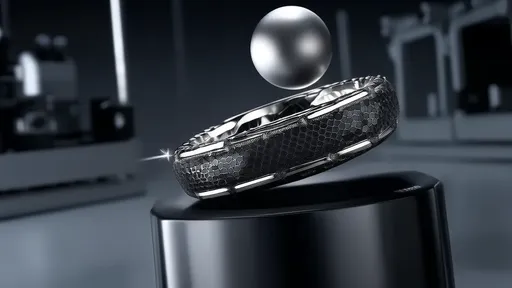
By /Aug 11, 2025
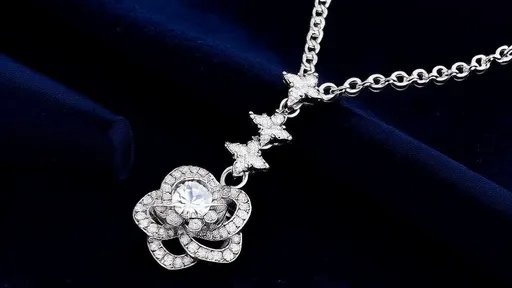
By /Aug 11, 2025
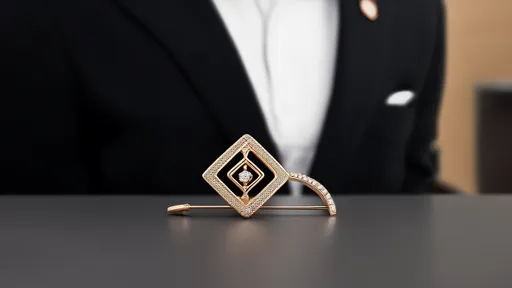
By /Aug 11, 2025
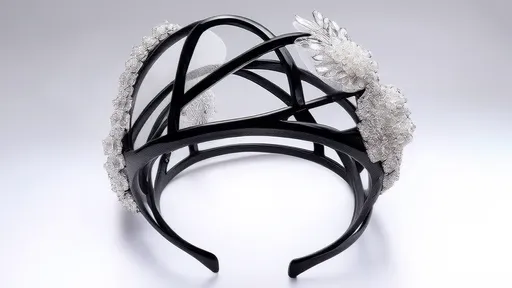
By /Aug 11, 2025